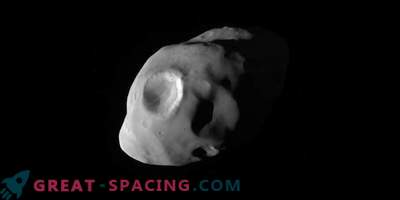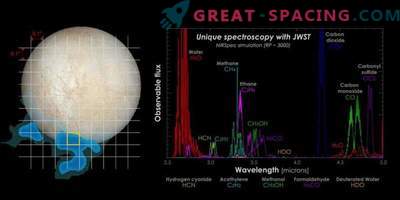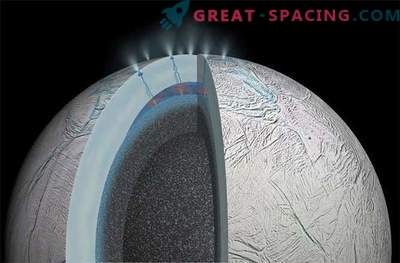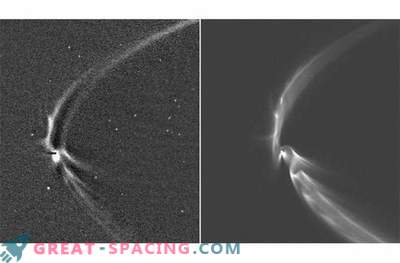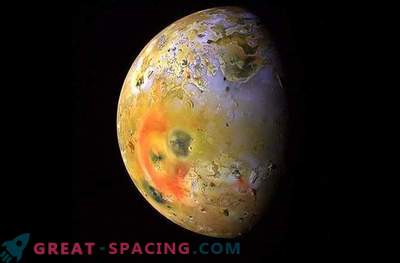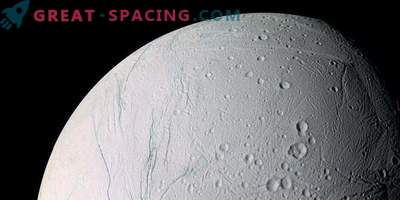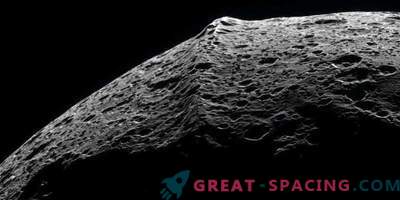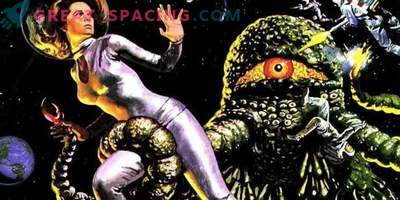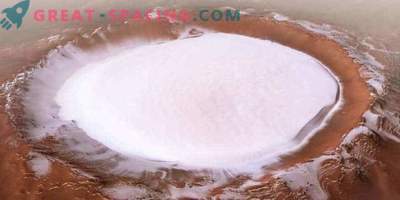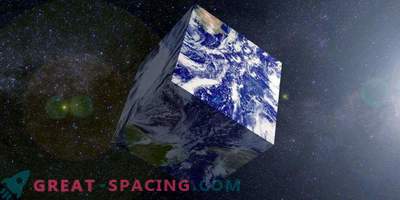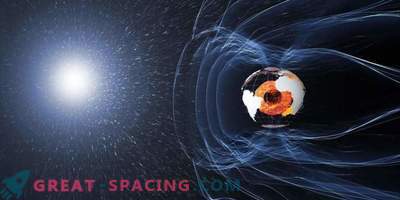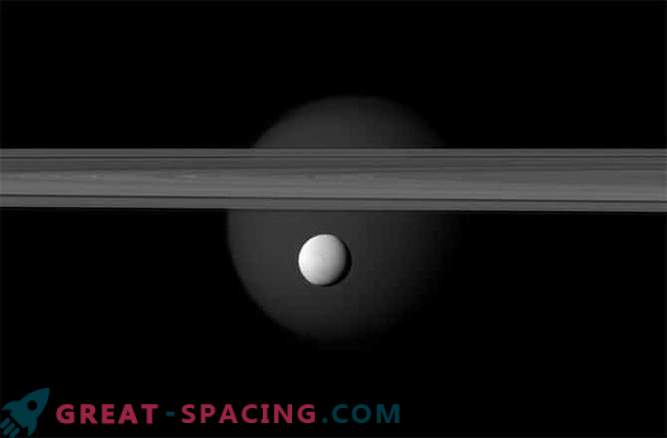
Something is erasing craters on several Saturn satellites. And the interesting thing is most likely different processes for studying each satellite, according to the authors who developed the model for this. The results of the study are published in a new article by Romina Di Sisto entitled “The Age of Surfaces of Saturn's Middle Satellites” (Department of Astronomy and Geophysics, National University in Argentina). The authors compared their theoretical predictions with “crater calculations” (from other scientists) with images of some Saturn’s satellites received from Cassini and Voyager, and concluded that smaller craters are even smaller than expected. Here are some of the most likely crater erasing processes on some Saturn satellites. In the future, the authors plan to continue their work with Titan and other satellites of Saturn.
Enceladus
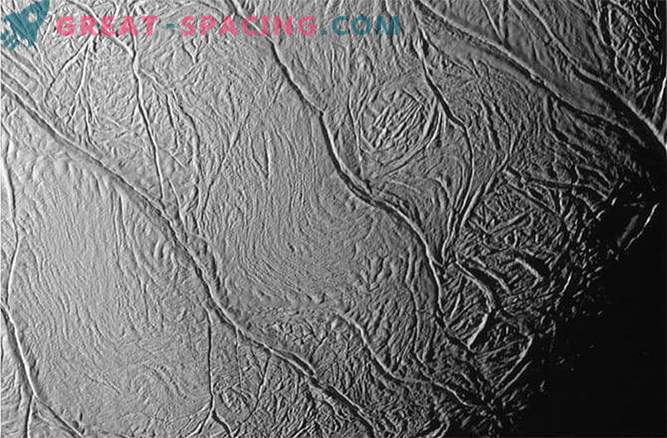
Geysers that regularly erupt from the surface of Enceladus, in particular, from four parallel cracks (“tiger stripes”) near the south pole, according to a study in 2006. The craters were erased by some kind of magma pillars and tectonic activity. Part of the material leaves Enceladus and fills the Saturn E-ring, and the rest of the material falls back to the surface and erases craters.
Japet
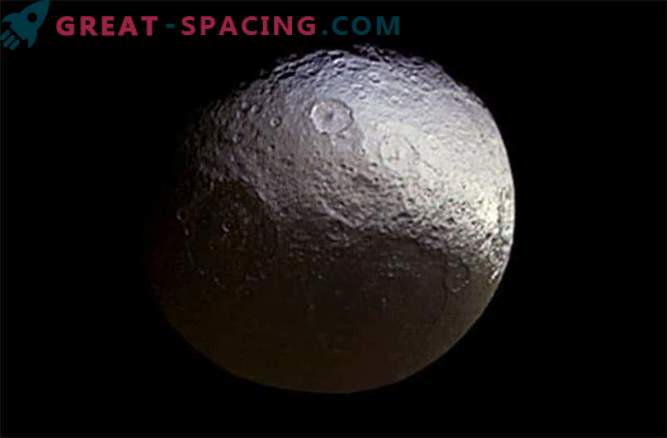
The Japet has an ancient surface and astrophysicists have noticed that the front side of the satellite is darker and the back side is brighter. At the moment it is unclear what is the cause of this difference, some theories suggest internal processes or, possibly, debris and dust falling with material from other Saturn satellites to the dark side of Iapetus. In 2010, a study of these processes showed that there can be only one reason for the fall of dark material in the front hemisphere, which causes an unrestrained global spread of water ice.
Mimas
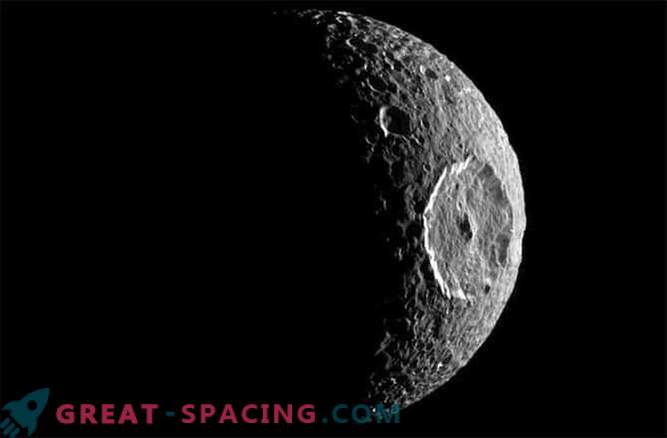
A team of researchers searched for igneous eruptions on Mimas and reported in 2011 that their searches were in vain, Di Sisto said. Thus, there must be some geological activity in the lower layers of the surface that causes changes in the surface. So, Mimas is one of the satellites that may have an underground ice ocean, perhaps there is something related to the internal contents of the satellite, causing the erasure of craters, suggests the team Di Sisto.
Tethys
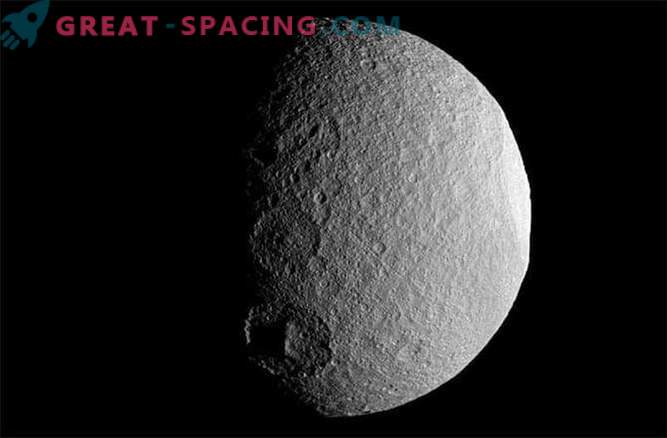
In the same study that Mimas studied in 2011, scientists also concluded that Tethys has no erupting magma. When looking at Tefia in the ultraviolet light, there is a strange picture: his front hemisphere is brighter than the back, according to Di Sisto. In addition, its surface appears strangely porous. Perhaps these are traces of the impact of materials from the Saturn's E-ring. Or there may be geological activity that Cassini has not yet discovered.
Dione
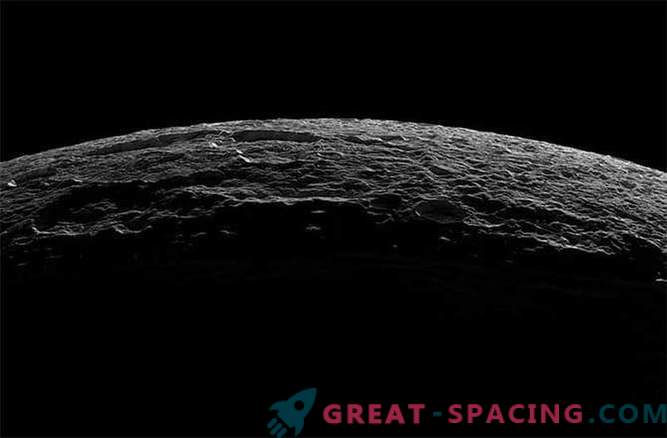
Dione is also devoid of erupting magma, at least when looking at steam formations, which are an order of magnitude smaller than those observed on Enceladus. “However, magmatic activity cannot be completely excluded because it may be below the detection level,” wrote Di Sisto. Like Tethys, Diona has a brighter front hemisphere compared to the rear. While Di Sisto does not suggest which process may be the cause of erasing craters, he also notes that Dion has a weak atmosphere (as shown by a separate study in 2011).
Ray
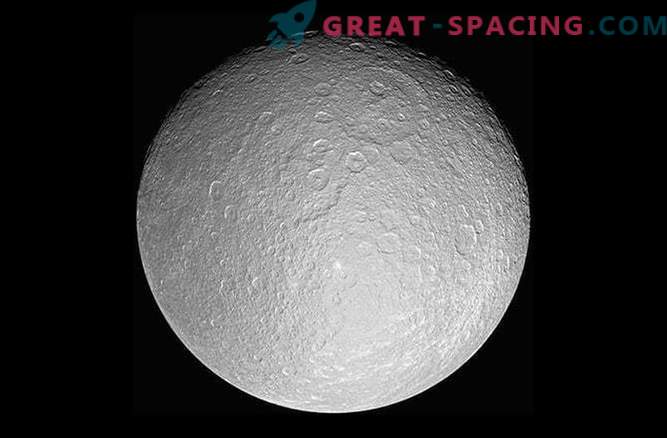
A couple of interesting things about Rhe - a 2010 study found that it has a weak atmosphere of oxygen and carbon dioxide, which can be formed by decomposing surface water ice due to plasma radiation the magnetosphere of Saturn. On the fact that plasma seems to be working on the surface, the 2012 study ended. This is the explanation of why small craters rub off on the surface of Rei, suggests Di Sisto.




